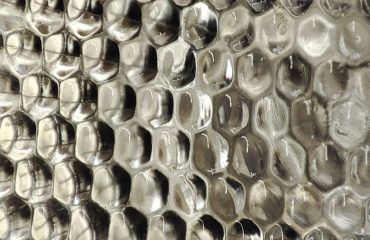body { font-family: sans-serif; line-height: 1.6; }
h1, h2, h3 { color: #333; }
img { max-width: 100%; height: auto; display: block; margin: 20px auto; }
.gallery-image { float:left; margin: 10px; width: 30%; }
Steel, a ubiquitous material in modern life, boasts an unparalleled combination of strength, durability, and versatility. From towering skyscrapers to intricate machinery, its applications are virtually limitless. This visual gallery explores the diverse ways steel shapes our world, showcasing its remarkable strength and adaptability.
1. Steel in Construction: Reaching for the Sky
Steel’s high tensile strength and formability make it an ideal material for constructing buildings of all sizes. From the skeletal frames of skyscrapers that pierce the clouds to the intricate supports of residential buildings, steel provides the necessary structural integrity. Its ability to withstand immense loads, coupled with its relatively lightweight nature compared to other construction materials like concrete, allows for taller, more complex designs. The images below showcase the impressive scale and architectural ingenuity enabled by steel in modern construction.



2. Steel in Infrastructure: Building a Better World
Beyond buildings, steel plays a crucial role in shaping our infrastructure. Bridges, spanning vast distances and carrying heavy traffic, are prime examples of steel’s structural prowess. Railways, highways, and tunnels also rely heavily on steel for their construction, ensuring stability and longevity. Steel’s resistance to corrosion, when properly treated, makes it a long-lasting and reliable material for infrastructure projects, contributing to the safety and efficiency of our transportation networks.



3. Steel in Manufacturing: The Engine of Industry
Steel forms the backbone of countless manufacturing processes. From the production of automobiles and machinery to the creation of consumer goods, steel’s malleability and strength are essential. Its ability to be shaped, welded, and formed into intricate components makes it an indispensable material for a vast array of industries. The precision and durability of steel components are vital for the functionality and longevity of manufactured products.



4. Steel in Energy: Powering Our Future
The energy sector also relies heavily on steel. Power plants, pipelines, and wind turbines all incorporate substantial amounts of steel due to its strength and resistance to extreme temperatures and pressures. Steel pipelines transport vast quantities of natural gas and oil across continents, while wind turbine towers utilize steel’s strength to withstand the forces of nature. Steel’s role in renewable energy infrastructure showcases its contribution to a sustainable future.



5. Steel in Art and Design: A Testament to Creativity
Beyond its functional applications, steel’s aesthetic qualities have made it a popular choice in art and design. Sculptures, architectural features, and furniture often incorporate steel for its sleek lines, strength, and ability to be intricately shaped. The versatility of steel allows artists and designers to express their creativity, creating stunning pieces that combine functionality with artistic expression.



This visual gallery only scratches the surface of steel’s vast applications. Its enduring strength and adaptability continue to shape our world, making it a truly remarkable material.
Tags: steel applications, steel uses, steel construction, steel infrastructure, steel manufacturing
“`
**Note:** Remember to replace the placeholder image URLs (`placeholder-skyscraper.jpg`, etc.) with actual image URLs. You’ll need to find suitable images to illustrate each section effectively. The HTML provides the basic structure and styling; you can enhance it further with CSS for improved visual appeal.




